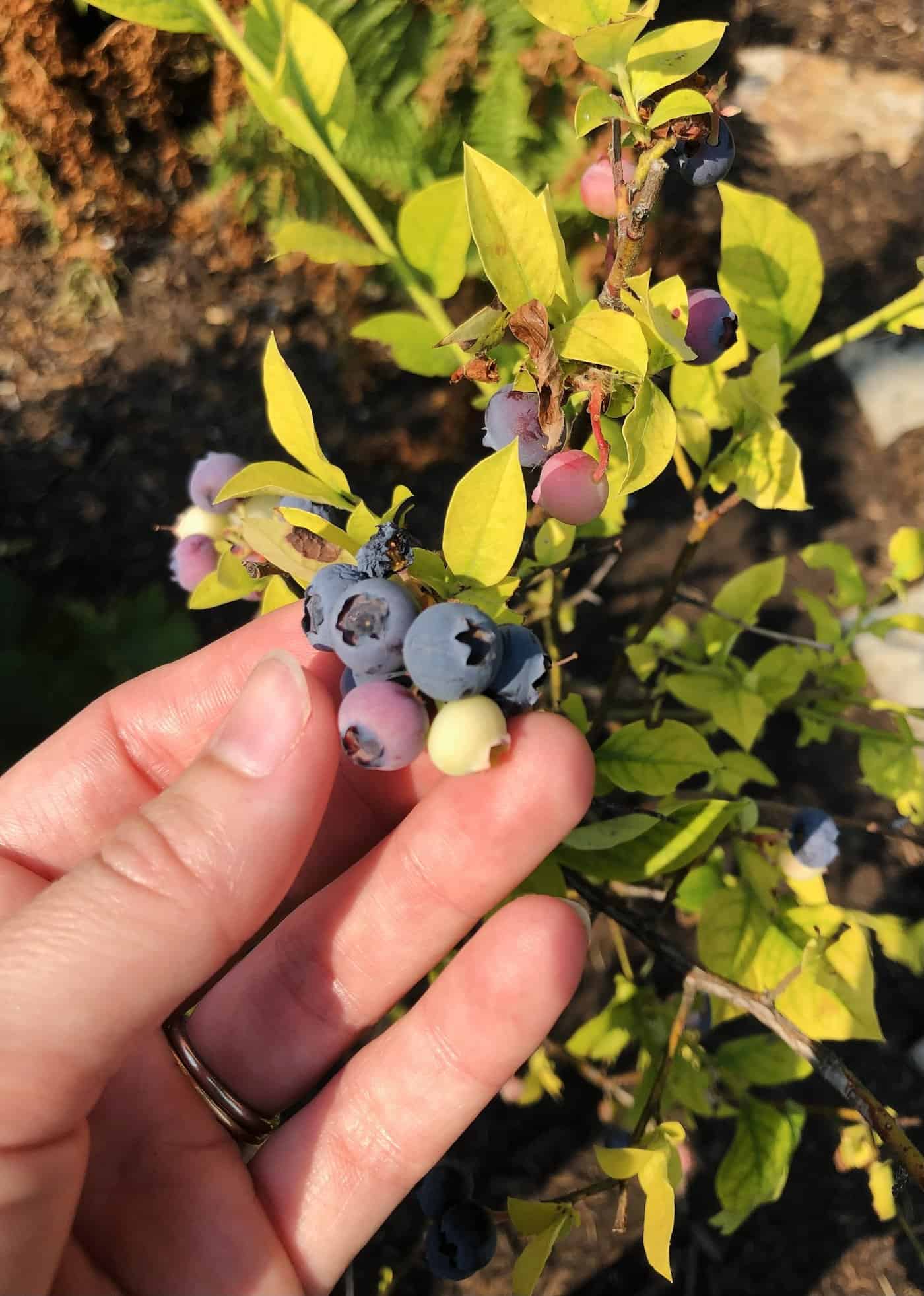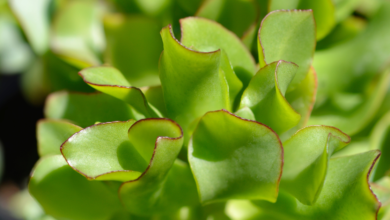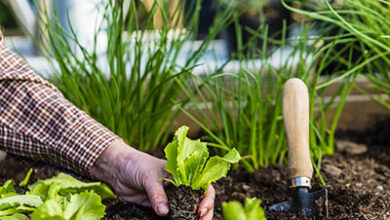Blueberries, often hailed as nature’s little blue gems, have become a staple in gardens worldwide. For those of you venturing into the world of blueberry cultivation, you’re in for a rewarding experience.
My personal journey with these wonderful berries began six years ago, and since then, I’ve cultivated ten different varieties in my backyard. Over the years, I’ve gained insight into key factors, like the intricacies of soil pH or planning properly for cross-pollination.
As you delve deeper into this guide, I’ll be sharing my hands-on experience and expertise to help you nurture, cultivate, and relish the joy of growing your very own blueberry plants. Whether you’re a novice gardener or a seasoned grower, there’s always something new to learn in the fascinating world of blueberries.

How to grow blueberries
Blueberries are delicious and surprisingly easy to grow in the home garden if conditions are right. There are many varieties to choose from, including tiny 1-foot-tall bushes, full-size 6-foot shrubs, and giant types that grow over 10 feet tall. And most of the modern varieties have been bred for excellent flavor.
Blueberries thrive in acidic, well-drained soils with a pH between 4.5 to 5.5. Ideally, the soil should be rich in organic matter, and its moisture levels should be maintained, especially during the fruiting season. Blueberries appreciate a location that receives full sun, although they can tolerate partial shade. When you plant blueberries, think, “I must find or make acidic soil first.”
Establishing blueberries involves planting bare-root or container-grown plants in early spring or fall. The planting depth should match the original soil level in the container, ensuring the root ball is entirely covered. After planting, a layer of mulch, such as wood chips or pine needles, can be applied around the base of the plant to conserve moisture, suppress weeds, and regulate temperature.
Blueberries are typically pruned every year in early spring. The shortest varieties can be cut back to the ground, but most blueberry bushes are pruned by cutting out the oldest branches completely (down to the ground). This helps improve fruit production and mitigate fungal disease. Spring is also a good time to fertilize with acid-forming fertilizer.

Types of blueberry plants
open next page to continue reading….
[adinserter block=”3″]
[adinserter block=”4″]




